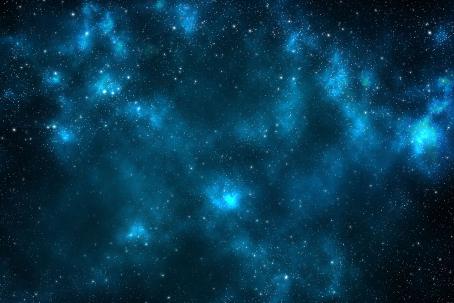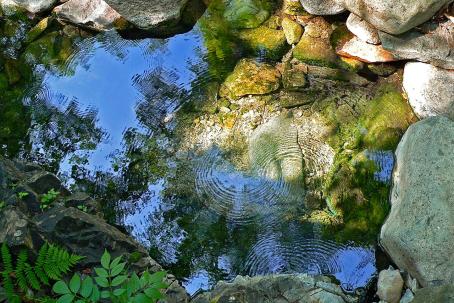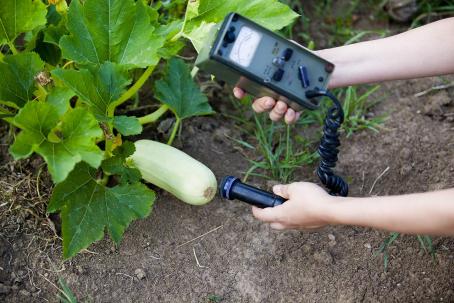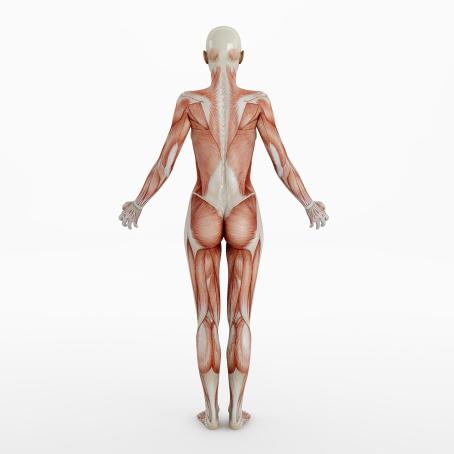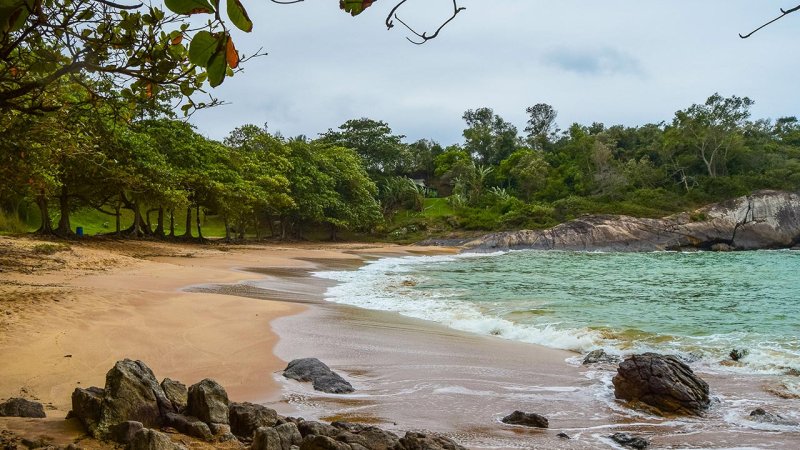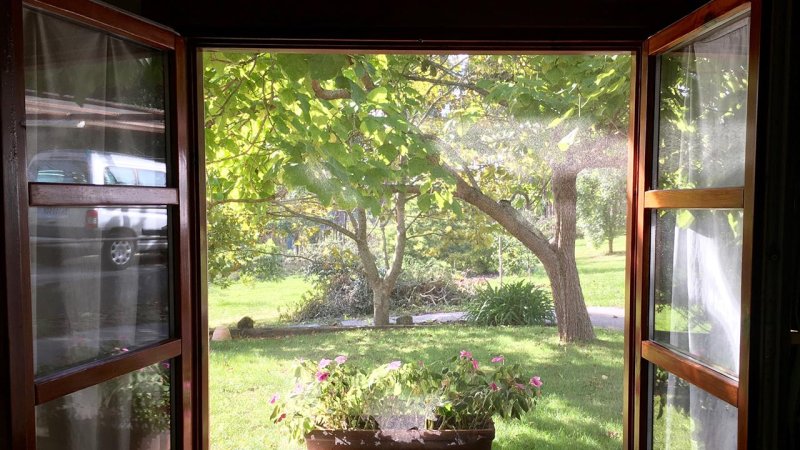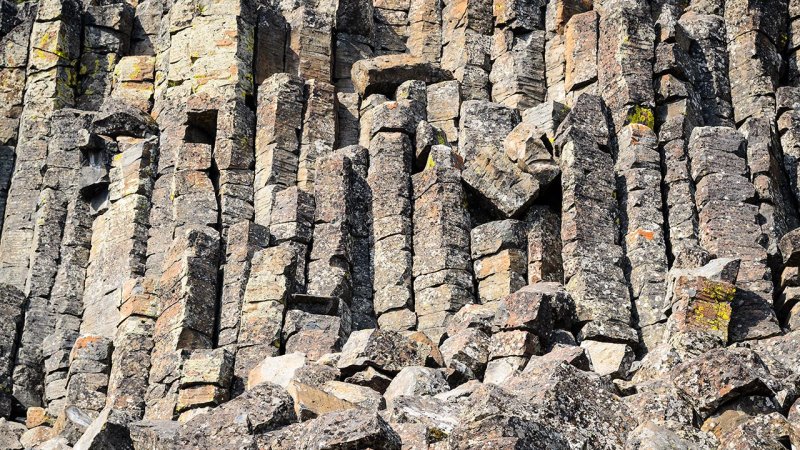
Natural Sources
5 min read
Almost everything is a source of ionizing radiation. Radioactive elements can be found in soil, air, water, food, and even in the human body. Ionizing radiation showers us from outer space. The total sum of these radioactive sources is known as the “natural sources” and the annual dose we receive from these sources is called the “natural background”. Natural sources constitute 80—85 percent of the total annual dose an individual receives. The rest comes from man-made sources, mostly the sources used in medicine.
Schematics of the Van Allen belts protecting the Earth against corpuscular radiation.
The natural background depends on where we live. At higher elevations, we are subjected to stronger cosmic radiation. Various types of minerals contain different amounts of radioactive elements and minerals rich in uranium and thorium elevate the amount of radon in the ambient air.
The annual radiation dose per person from natural sources is 1.5—3.0 mSv.
Cosmic radiation reaches the Earth’s atmosphere from deep space, causing secondary radiation in the top layers of the atmosphere. Most of the cosmic radiation is captured by the Earth’s magnetic field.
Cosmic Radiation
Most cosmic radiation comes to the Earth from the Sun and the rest comes from space. Most of this radiation is captured by the Earth’s magnetic field but a small portion hits the Earth’s surface. Other particles in the upper layers of the atmosphere collide with air molecules producing showers of secondary radiation. This causes the cosmic radiation to contain all types of ionizing radiation. Cosmic radiation contributes about 0.25—0.4 mSv to a person’s annual dose of radiation. The actual amount depends on the elevation and on the activity of the Sun.
Air
Video: Seepage of inert radon gas into residential buildings.
Air contains a radioactive gas, radon 222Rn, which is created by the decay of uranium. Radon 220Rn is produced by the disintegration of thorium, known as thoron, and is also radioactive. Radon has a half-life of 3.8 days, thoron 54 seconds, and both decay emitting alpha radiation. Radon is chemically inert and easily seeps through cracks into buildings accumulating inside unless the building is ventilated. The radon concentration inside a building may be many times the concentration in the ambient air. To avoid an excessive concentration, an anti-radon barrier is used so that the radon penetration into a building from the subsoil is prevented. The annual dose per inhabitant is approximately 0.2—3.0 mSv. Radon concentration is higher above rocks containing uranium and thorium.
A spring of healing radon water is used in radioactive spas. It is the result of the seepage of precipitation water through layers of rocks rich in uranium.
Soil
Almost all rocks on the Earth contain some amount of radioactive elements, primarily uranium and thorium. Volcanic rocks, such as basalt or granite, contain a higher concentration. Construction elements made of these materials are also radioactive, i.e., even the walls of a building can be sources of radiation. The annual dose depends on the composition of the local soil and it is approximately 0.25—0.5 mSv.
Food and Drink
The soil contains many radioactive elements (uranium, radium, thorium, lead, cesium, polonium, and potassium) that are absorbed by plants. The plants thus become radioactive. Moreover, they also absorb, from carbon dioxide, the radioactive carbon isotope 14C. Radioactive elements then enter the food chain, thus everything we eat and drink is, to some extent, radioactive. Some food products are more radioactive then others: it depends on the composition of the soil in which they grew (e.g., Brazilian coffee or brazil nuts), or on the ways a plant or an animal absorbs radioactive elements (mushrooms that are more absorbent than most other plants). The annual radiation caused by food products is around 0.24—0.6 mSv.
Human Body
Carbon and potassium are very important elements contained in the human body. Both have their radioactive isotopes, namely carbon 14C and potassium 40K. Apart from other trace elements, these play their role in the natural radioactivity of the human body. Several thousands of radioactive changes occur in our bodies every second. The annual dose we receive from our own body is approximately 0.4 mSv and depends mostly on our body weight.
There are places where the natural background is many times higher than the average, e.g., an inhabitant of Guarapari, Brazil receives an annual dose of up to 175 mSv, whereas in Ramsar, Iran it can be up to 250 mSv.



